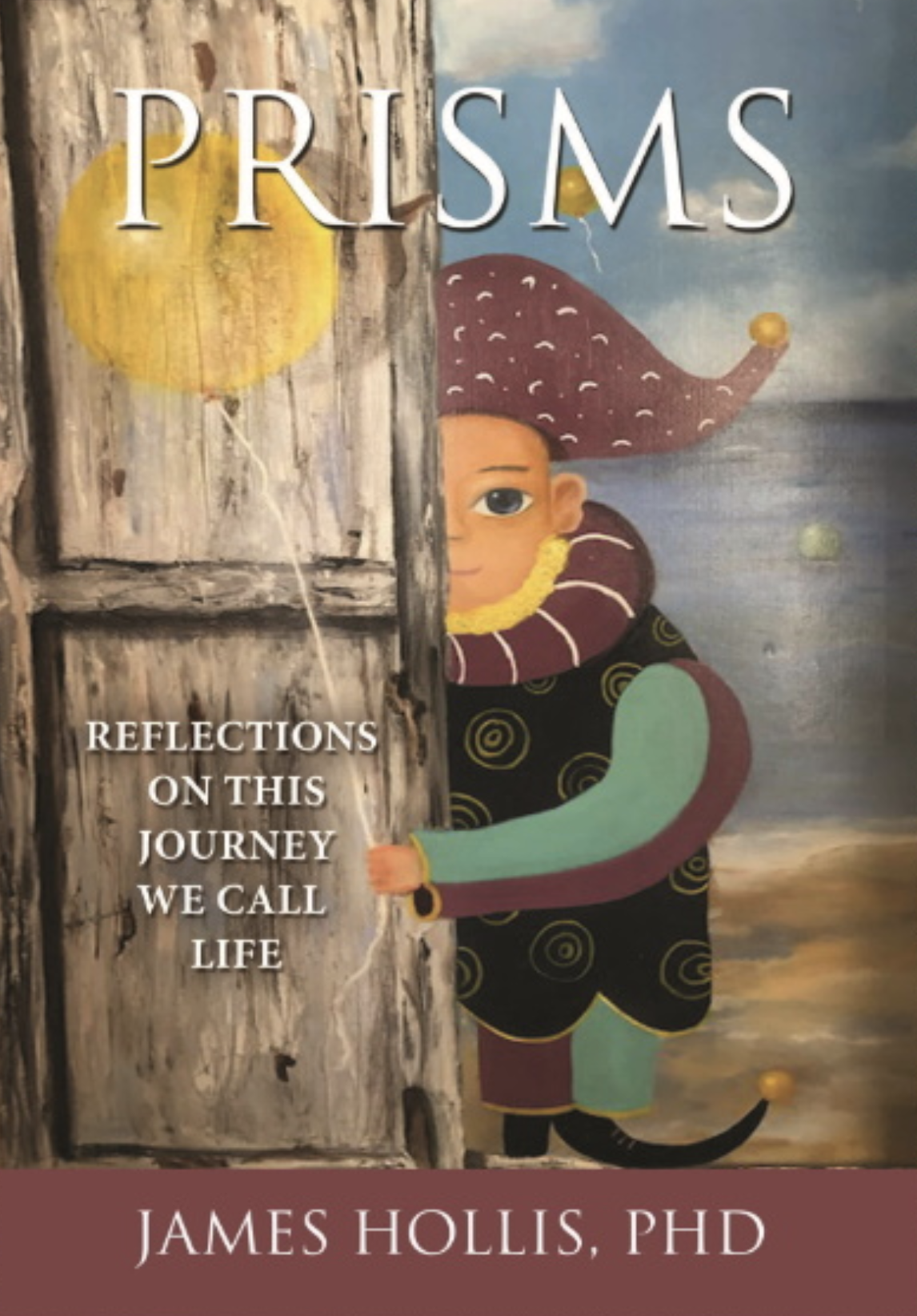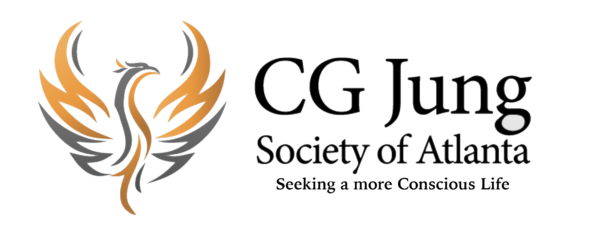
If you’ve ever had James Hollis stand before you in a room, you’ve never been able to escape the one question he puts forth to challenge our routine, unconscious living: “What wants to enter the world through you?” What is worth your suffering? What allows meaning, purpose, awareness of the Large — that unfolding energy that is waiting to be embodied in your life — to have its way with you?
Hollis’ latest book, Prisms: Reflections on This Journey We Call Life, is like entering a familiar old room, as if we have been here before, yet not really, as if we anticipate what he has to tell us, yet not really. I am always astonished by the way his words serve as a well-designed cork screw, plunging deeper and deeper into my psyche, my interior world, with word-images that unlock new understandings and yeses I might have previously encountered but barely digested. And, with this book, Prisms, Hollis pulls out all the stops, reviewing his body of work over the years, retelling the story from the vantage point of the end, like an elder reminding his following that “aging in this troubled time between the gods” (“with no outside omniscient authority”) is no child’s play indeed! – then reassuring us in his own prophetic, gentle, way of offering new insights and challenges for those of us who have reached elderhood along-side him – to “abide in the in-between, to embrace the wonder of the uncertain and to be open to the next venue in which mystery might manifest.”
Hollis reminds us we create our own life, the order we live, out of the “informing,” invisible energies we live, or live us. We see life unfolding before us in images emerging from, participating in, our own Archetypal Imagination. These affect-laden images inform our conscious grasp of what we see and live. (This informing order comes from within us and through us, providing purpose and an evolving meaning.) We are that unfolding energy that “was meant to be embodied.”
If all this seems too heady, it’s not. We are invited to tract the invisible energies and images that make up the life we create out of the chards of our family stories/history, about us, about the world, how we adapted to all this, how and where we stopped growing. Our childhood adaptations, Hollis reminds us, is whereour life was first stunted, cut off from the free-flow; but, as he reminds us: We are not what happened to us. We are not the messages and stories about us we received as children.
Our task as adults? Finding our purpose in our particular corner of the dark wood. Discovering our meaning, why we are here, the who and what that is revealed with conscious living — discovering our path to enlargement. Because, when we learned to adapt in childhood, in order to be loved, we stopped growing, we short-circuited that journey to our fullest self, that possibility of our allowing more light to enter through us.
One of the things I love about Hollis is his ability to clarify so easily what otherwise seems so abstract. Like, our personal myth. Both Joseph Campbell and Jung first put this question out there for me: What myth are you living? Like we cannot get a handle on our lives unless we know the answer to that. Hollis, in his strategic, simple words and clear explanations, makes this task so much more approachable. Our myth, our driving force, says Hollis, is rooted in those energy-charged values to which we are in service, consciously or not, and the goals they serve – what drives us, what causes us to make the choices we make, to give time to the things we do. I love anyone who can free me from the labyrinthian, tail-chasing, un-answerable life questions that leave me more confused than enlightened. And, Hollis is teacher-par-excellence. He lightens my burden, nourishes my hope, and allows me to enter those unanswerable personal questions that, at one time, seemed so out of range.
Hollis makes It manageable. If we are, indeed, a tiny speck in an unknowable sea, our task is to gain enough of a grasp on what moves, motivates, enlivens us, so we can realign our moral compass to this unknown sea in which we navigate our lives. Unconscious most of the time, we get glimmers, hope, and out of that, create meaning, what, for Hollis, is “whatever connects us in felt ways to the life of the soul.” This does not mean we escape our personal shortcomings subject to fear, personal complexes, social constraints, but we learn to “suffer them consciously.”
Hollis’ challenge to each of us: Our soul is asking each of us for a larger life than we are personally presently allowing. We are to sniff out soul and meaning, overturning all those false starts we make along the way, discerning whether, “That which I am seeking I will not find here,” and if that is indeed the case, to move on to the next invitation or incarnate soulful image that arises in our day. Our task is to recognize that and to bring back what soulful images or invitation is indeed trying to break through so that we can bring that back to serve our conscious life.
The question: What is the invisible energy manifest in the image (What is trying to come through in this particular circumstance or experience?, and what is behind the particular emotion this circumstance or situation stirs up in me?) Conscious living, indeed. Hollis reminds us, it’s image before consciousness, image before words. A particular (conscious) invitation for moving through the world.
As you can see, this book is a treasure trove of stimulation and reflection, a generous invitation to moving forward into our day. Image before consciousness. Purpose is meaning. We are not our “story” but what wants to enter the world through us. What, in our life, is initiating, allowing, our “path to enlargement”? Our personal struggle is that suffering we have not yet found our meaning in . . . and so much more.
It’s wonderful to have the body of James Hollis’ lifetime work all preserved in one place, in one book. It’s wonderful to imagine we, too, can go on such a grand journey. And it’s wonderful that as Hollis moves into his eightieth year of life, he is probably even now sitting down at his desk and coming up with the next chapter in his amazing soulful journey – more footprints for us to follow to emotional and spiritual enlargement.


Thank you ~ I happen to have been on this planet since 1943.
A friend just discovered his work and told me about PRISMS .
I love the TITLE and found this site just now.
I like what I’ve read so far ~
Thank you 😊